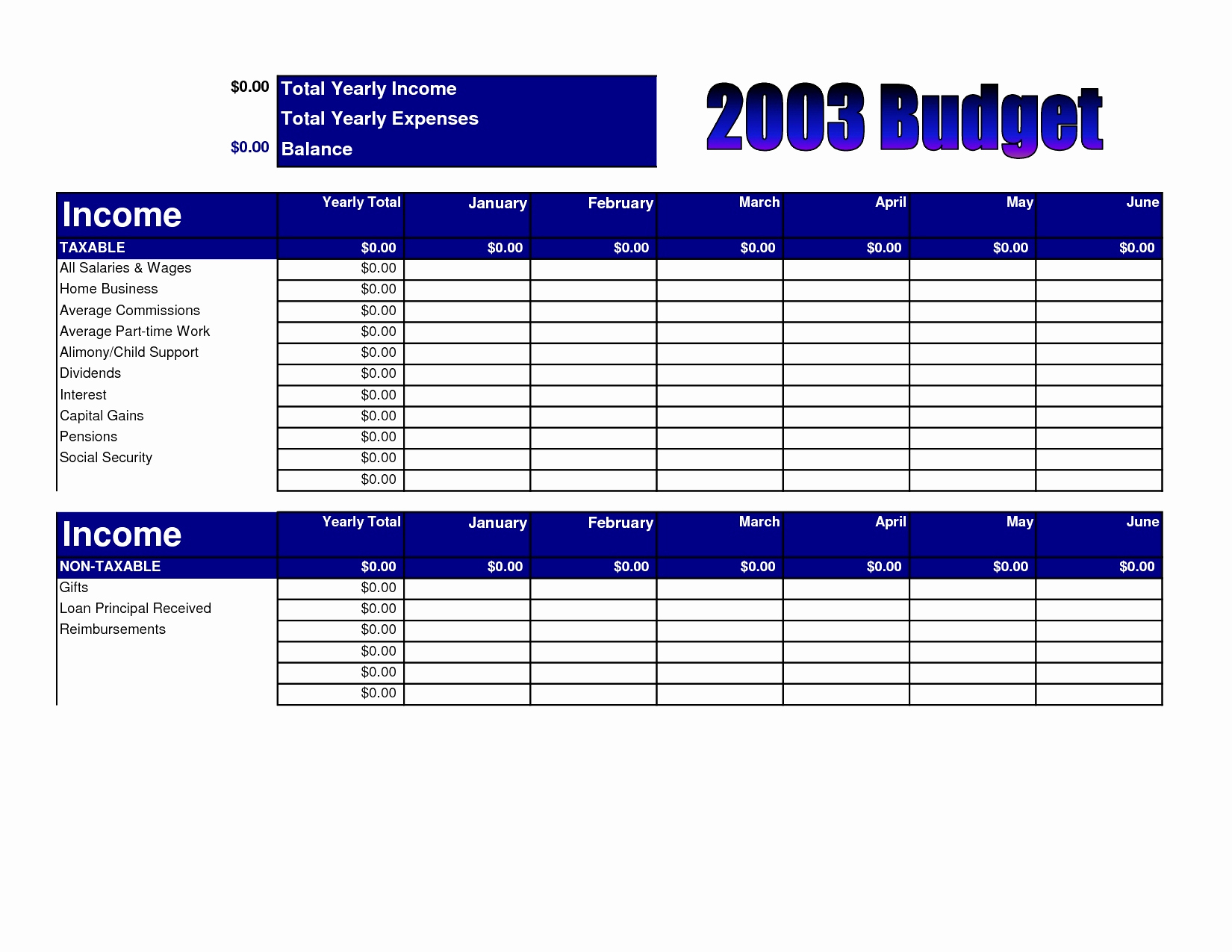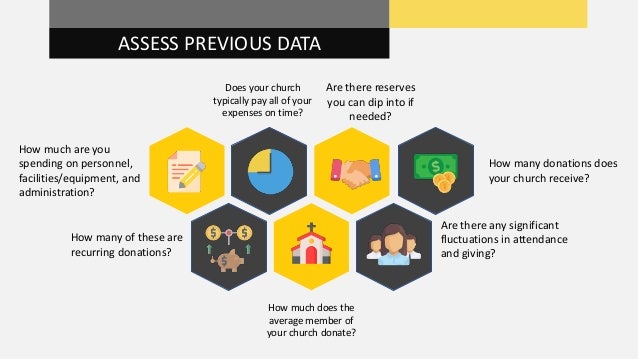
That will enable the Finance Committee to focus on more important things such as assisting ministers, ministries, and members with good stewardship practices. Members give of their tithes and offerings and churches adopt a percentage of their annual budgets for the missions and ministries of their respective state. This process makes short work out of deciding how much you’ll budget for the next year. If more money comes in than was budgeted, the extra money can be used for capital needs, rainy-day or reserve fund(s), money for unforeseen opportunities, additional money for budgets that were shorted, etc.

That ceiling may be up to 2. Mainline churches spend considerably more (49 percent) on payroll-related expenses than either the Evangelical Protestant (31 percent) or the Catholic/Orthodox communities (41 percent). Protestant congregation allocates 45 percent of its total operating budget to payroll-related costs. This enables the church to continue to plan well for its ministries and not feel it is over-reaching financially For fast-growing church plants, 40 percent is the ceiling for most types of loans. Researchers discovered that the average U.S.This means that you shouldn’t have to go into spending freezes and hurt the morale of the staff and church.This is a conservative or fiscally prudent way of budgeting – churches should receive at least that amount in the next 12 months, perhaps a good deal more.Whatever that increase (or decrease) is over the current fiscal year, that percentage (up or down) is communicated to all the ministry areas as to how much they can increase (or decrease their budget.That figure is the new budget for the fiscal year that starts in January (six months away). At their July meeting, the Finance Committee looks at the total undesignated receipts for July 1 through June 30 (the previous 12 months).The Finance Committee gathers all the data to finalize the budget by September 30 so that it can be voted on in October.In July and August, ministry areas work on their respective budgets with a deadline to get their requests to the Finance Committee by August 31.That figure is your budget for the next year. In the month that you set the budget for the next year, look back 12 months and calculate how much money came in during that period.So, what’s a church Finance Committee to do? On a Christian budget, we should place the tithe at the very. Generally, that would be your housing expense.

It also includes Dave Ramseys suggested budgeting percentages so you can. Committees want to step out in faith, but they also don’t want to be caught overstepping (and dropping into a financial void). Most budgets begin with your largest expense first. Whether youre budgeting for yourself or your church, you need to have your. But Finance Committees know that even if they put a figure out there, it means little if the income/receipts/revenues don’t come in to support that budget target. Everyone wants to increase the budget in order to provide more funds for staffing and programming (rarely for building needs, but that is another matter). Blog Church Growth Services has been exclusively helping churches develop generosity for about 60 years. citizens identifying as Christians, 1.5 million people tithe (Sharefaith). I have found it helpful to our Sent-Ones to base our church’s giving to their support on rough percentages of their overall budget and their overall life needs in order to really support their needs-based salary.Every church I’ve worked with has struggled with determining the amount at which to set the subsequent year’s budget. 5 of churchgoers tithe (Church Development). Therefore families are paid based on the family’s need, which doubles for couples, and includes an increase per child. Spouses generally do some work with the ministry and do not have the freedom, capability, or space to do other part-time work. This is because, as a married couple or a family going overseas, the entire family is all in. Overseas salaries are generally crafted around a needs-based salary. A surprisingly small percentage of the American population can read and understand budgets, especially line-item budgets. A pastor isn’t paid double if he has a family. A common question at this point is why are budgets doubled for most couples? This isn’t the case in the US. The following percentages, however provide ranges that give some framework for a typical church budget: 10-30 20-40 40-60 20-40 Mission Giving (outside the church includes Conference and ECC) Church Ministry (church programs/administration) Staff Expense (payroll, pension, health, etc.) Facility Expense (building costs, debt, etc.

These numbers come from averaging our 50 or more people on the field from Cornerstone. The average family will generally raise between $9,000 to $12,000.

The average couple will generally double that amount, so between $6,000 & $8,000 per month. The average individual will raise around $3,000 to $4,000 per month.


 0 kommentar(er)
0 kommentar(er)
